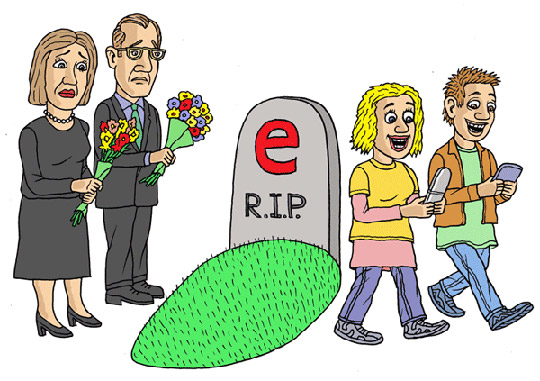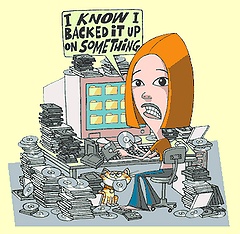This recycled presentation is making the rounds amongst the Enterprise Irregulars this morning:
Recycled, as it was first published in February, 2008 – see the financial crisis was not that unexpected, after all. Apologies for the language used in the last few slides – I’m just the messenger. 
Of course not everyone feels a financial crisis. Here’s a report from another Irregular:
The Monaco Yacht show finished yesterday, and this year bigger and better than ever. Lots of buyers, new now is a distinct increase of Asians, especially Chinese and of course the usual Russians.
In fact same things happening as for every general downturns – big boats are just fine, small not so good.
…The big ones though see no slowing down at all, if any of you are in the market to build a not too big one in the 70 to 80 meter size (reckon a million € per meter) at a good name yard (Germany, Holland) reckon with delivery earliest in 2015. Not a slot to be found before 2012 now. (And if you are, you know who to call of course)
As always, the rich (seriously rich that is) goes "what, me worry?"
Hm… all I can add is I like this description on the Show’s site (warning: don’t click the viewer applet with Firefox under Vista, you’ll regret it):
Aft deck beach area with pool that transforms into a helideck.
Something tells me I could not afford even the YaaS (Yacht-as-a-Service) version.

Update: For a bit more serious view, check out We are all Japanese now.


![Reblog this post [with Zemanta]](https://www.zoliblog.com/wp-content/uploads/HLIC/1e888c58c2f8097a76d183db620f05dd.png)




![Reblog this post [with Zemanta]](https://www.zoliblog.com/wp-content/uploads/HLIC/54e6a3db43b098ecbf5db09e027cb1c1.png)
 I don’t claim to be an expert economist, so
I don’t claim to be an expert economist, so  )
) On my personal blog I don’t have to be as politically correct as on CloudAve, so here’s my summary: they tried SaaS, could not crack it, so concluded the market as a whole did not matter – a strategic mistake.. or… well, as they say, a
On my personal blog I don’t have to be as politically correct as on CloudAve, so here’s my summary: they tried SaaS, could not crack it, so concluded the market as a whole did not matter – a strategic mistake.. or… well, as they say, a 
 We can argue all we want about the benefits of SaaS, discuss hypothetical use cases at length, but the best showcases are served up by real life, often unexpectedly.
We can argue all we want about the benefits of SaaS, discuss hypothetical use cases at length, but the best showcases are served up by real life, often unexpectedly. 
Recent Comments